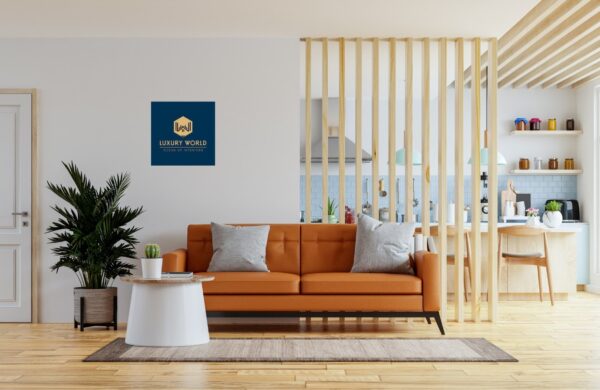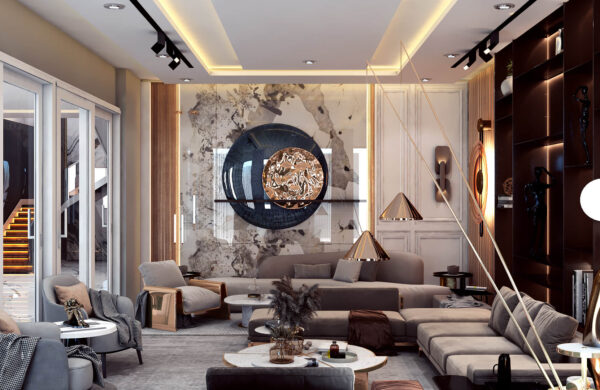Designing the interior of a home or office can be a daunting task. But it doesn’t have to be! If you keep the following principles in mind, your design project will be sure to come out looking amazing.
Balance
Balance is one of the most important principles of the best interior design, and it refers to the distribution of visual weight within a space. There are three types of balance: symmetrical, asymmetrical, and radial.
-
- Symmetrical balance is when elements are evenly arranged on either side of a central point, creating a sense of stability.
- Asymmetrical balance is when elements are arranged unevenly, creating a sense of movement and interest.
- Radial balance is when elements are arranged around a central point, like the spokes on a wheel.
- Creating balance in space is all about understanding visual weight and how our eyes perceive it.
Proportion and scale
Best Interior Designers consider proportion and scale as two fundamental principles. Proportion is the relationship between the different elements of a design, while scale refers to the size of those elements in relation to each other.
When working with proportion and scale, always remember
- To start with a floor plan.
- Once you have an idea of the overall layout, you can begin to play around with furniture placement and décor choices.
- Keep in mind that larger pieces will create a sense of groundedness, while smaller items will add a sense of airiness.
Rhythm
Rhythm is all about creating a sense of movement within a space. This can be done through the use of repeated elements, such as patterns, textures, colors, or shapes. Rhythm can also be created through the use of flowing lines and organic forms.
The goal is to create a space that feels cohesive and unified. Rhythm can help to lead the eye around a room, and can also help to highlight certain features or focal points.
Emphasis
Emphasis can be achieved by using a focal point, which is an element that will draw the eye and add visual interest to the room. Other ways to create emphasis include using contrasting colors or textures or playing with scale and proportion.





